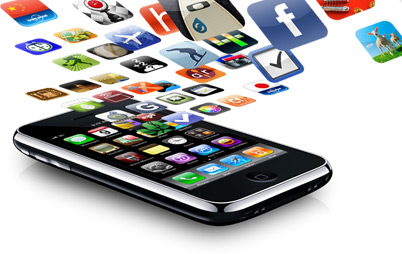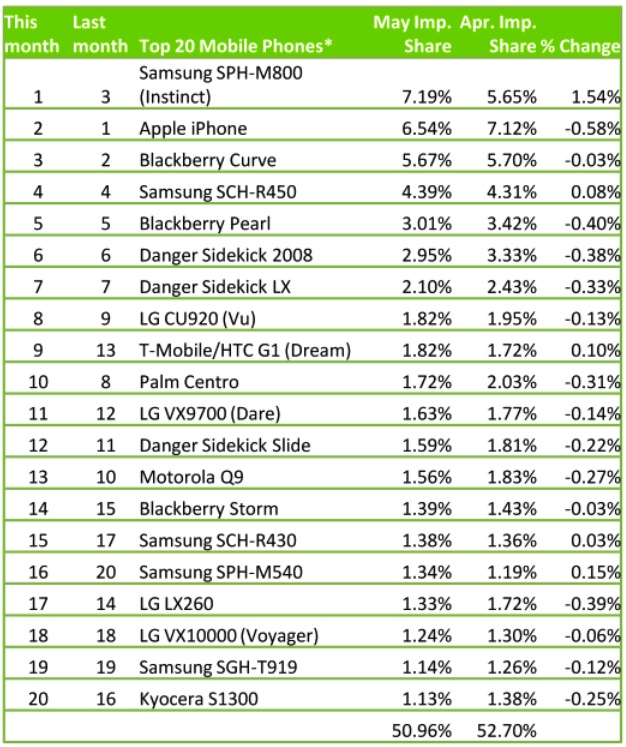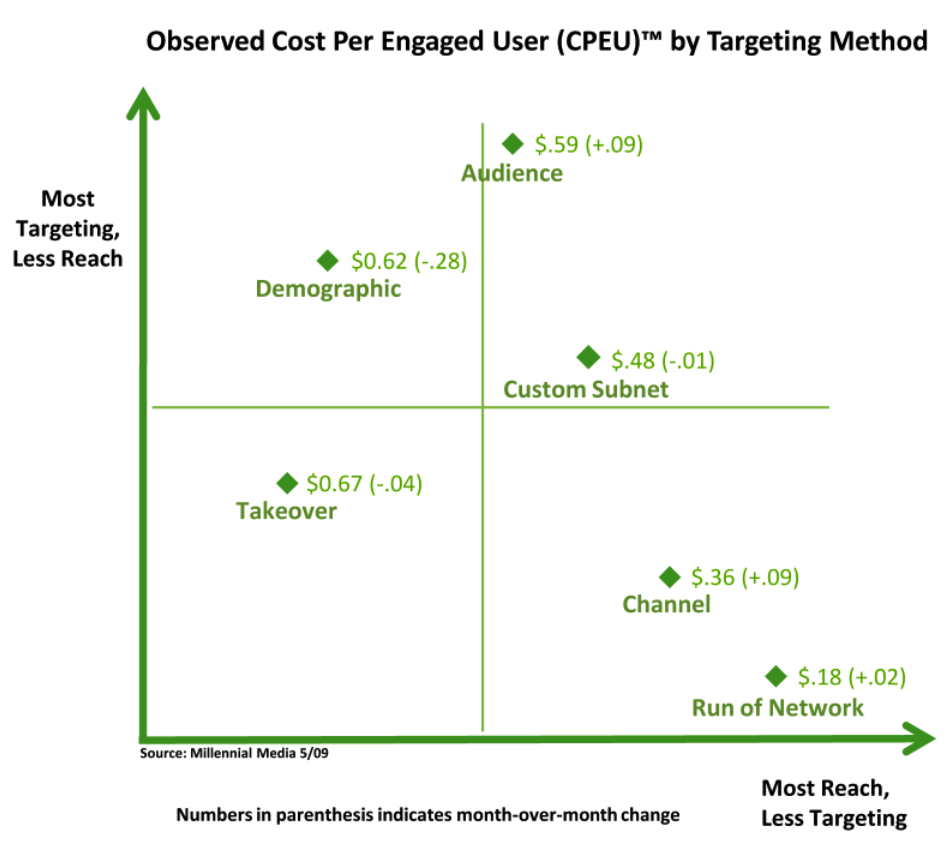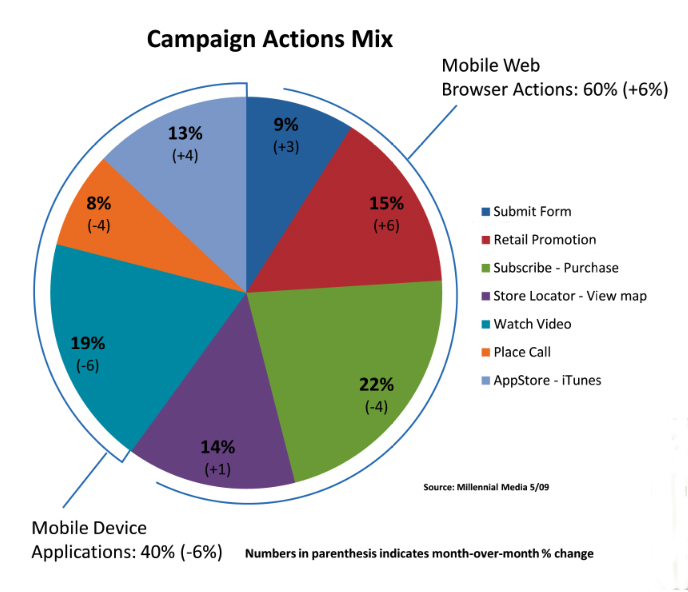 The times they are a-changing. Everyone has realized this by now (or so we should think). The question therefore is not so much will there be change but how will it look like.
The times they are a-changing. Everyone has realized this by now (or so we should think). The question therefore is not so much will there be change but how will it look like.
Some of the weakest links in the mobile games value chain would be, it appears, the aggregators. Why is that? Because they do have the least defensible position: they do not own IP, they do not hold unique positions, they do not produce anything, they seem to be at the mercy of both of the groups they are partnering with: game developers to continue granting them distribution rights to their games, network operators and other distribution outlets to continue allowing them to use their channels to get to the end users. As if this would not be enough, now has arisen a creature that seemingly does away with all these middle-men anyway. It is called app store. So is it all doom then for games aggregators? There is a report out (too expensive for me to buy) that would seem to suggest as much, or so we are told.
The argument, in short, is that, with an OEM app store the number of distribution channels that any one developer/publisher needs to reach is drastically reduced (there are maybe 10 meaningful handset manufacturers in the market vs 300+ carriers and other distributors). Even the littlest companies have (or should have) the resource to deal with 10 partners; chapter closed.
Really?
The above works with a number of simple but crucial assumptions, and the boldest is this: carriers will happily let OEM take over the content real estate. Will they now? There are ample signs to doubt this. The giants of the space do not appear to be giving up, in the contrary: Vodafone has already announced its own app store – across handset brands (!) – and it is about to tighten its links with both China Mobile and Verizon Wireless (in the latter of which it holds a large stake). So what will all the OEMs (all with their own app store of course) do when carriers accounting for nearly half of the world’s subscribers wave them off? Cave in? You bet!
Anyway, does this change the game for aggregators? I believe it does and here’s why:
Carriers have traditionally struggled (with exceptions) to run an efficient, customer-friendly content offering. We have therefore seen an increasing trend to outsource the “decks” to third parties, which are – what? -, yes, aggregators.
 Carriers are unlikely to concede defeat over the content side, not necessarily because they fear losing out on a lot of revenue (given their fairly average performance, SMS, voice, data, etc will outsell content as a source of revenue very, very significantly) but because of the strategic value of content as well as the unpredictability of its future impact: bear in mind that the emotional attachment to beloved brands, i.e. affinity (Transformers, Ice Age, Playboy, Tiger Woods, …), will remain higher than that to a network operator, and please do not take offense if you are working for one. Do not be mistaken: carriers are being trusted but they are not being loved. There is just not as much emotional attachment to a cellular network as there is to a rodent in love with an acorn…
Carriers are unlikely to concede defeat over the content side, not necessarily because they fear losing out on a lot of revenue (given their fairly average performance, SMS, voice, data, etc will outsell content as a source of revenue very, very significantly) but because of the strategic value of content as well as the unpredictability of its future impact: bear in mind that the emotional attachment to beloved brands, i.e. affinity (Transformers, Ice Age, Playboy, Tiger Woods, …), will remain higher than that to a network operator, and please do not take offense if you are working for one. Do not be mistaken: carriers are being trusted but they are not being loved. There is just not as much emotional attachment to a cellular network as there is to a rodent in love with an acorn…
Carriers do not have to give this piece up either (they call the shots on what goes onto a handset: see an example), they are not even losing money (they even gain: every cent earned through content sales is a cent more than carriers get from the iPhone app store sales…).
However, what carriers do have to do is catch up with the state of the art in selling, and that means an app store. However, it can also be a carrier-operated/driven app store.
An app store, too, does not however solve the dilemma of having to manage a huge amount of content in a way to allow the consumer a choice. One must not throw everything onto a big pile and let them pick out what they believe they like; this type of sales does not register too well: it is time-consuming, intransparent, messy, not good. So one needs someone to manage it. In comes the aggregator.
Or does it?
Aggregators that went around collecting content in a bucket only to throw it against the next wall to see what sticks are likely to struggle (or have died already: RIP Telcogames et al). However, aggregators that actually provide content management as a service to operators thrive (not exclusively on games, mind you). All the big guns in the space, Fox Mobile (f/k/a Jamba), Arvato Mobile, Buongiorno and recently Zed (through its acquisition of Player X) run riot in the space and bid hard for every deal that comes up (and lots of them do!) and gobble up the market. More on the classic D2C side, Thumbplay grew tremendously in the US, SendMe Mobile seems to go from strength to strength, and a lot of smaller ones, such as Rayfusion, etc. seem to more just hang in there, too. Why do they? Because the features that make an aggregator excellent – managing a wealth of content well – are the exact features carriers would look for when outsourcing their struggling content units. And because it is an aggregator’s core business model, they are really good at this, which is crucial in a low-margin business: be efficient or die.
 Marketing and promotion is another point. We already see aggregation-type businesses become forces on Apple’s app store, such as Chillingo (from my very own town!). They publish well over 100 games and thrive on iPhone developers capitulating before the challenge to get noticed amongst the more than 50,000 apps currently available. Chillingo can provide marketing and promotion and make sure that a developer’s product gets not only live but noticed, too. It is very likely that there will be others in this space very, very soon.
Marketing and promotion is another point. We already see aggregation-type businesses become forces on Apple’s app store, such as Chillingo (from my very own town!). They publish well over 100 games and thrive on iPhone developers capitulating before the challenge to get noticed amongst the more than 50,000 apps currently available. Chillingo can provide marketing and promotion and make sure that a developer’s product gets not only live but noticed, too. It is very likely that there will be others in this space very, very soon.
So what seems to change is not the viability of being an aggregator but the aggregator’s service to their customers (the carriers!): whereas it may previously have been sufficient to use the “bucket against the wall” tactic, they now have to become better in providing a subtle selection without too much restriction. People will normally welcome a structured environment with pre-selected choices. Just make it a) easy and b) don’t limit randomly or indeed too much. And now get going! 😉
Disclaimer: I hold an indirect interest in Rayfusion.
 It is early July and we have not been reading analysts’ estimates on how much Apple may or may not make from application downloads through its app store for at least, what, 2 weeks (here’s a piece from a while ago). High time for another round then… This time, the number is “a few hundred million at best”, per quarter that is. And to be perfectly fair, the number was tagged as a guestimate. With another guestimate putting Apple’s iPhone revenue to $1.5 bn, the revenue per iPhone to Apple is thought to be around $600. Compare this to c. $27 in apps revenue per device (total number of apps divided by total number of devices). It’s 5%.
It is early July and we have not been reading analysts’ estimates on how much Apple may or may not make from application downloads through its app store for at least, what, 2 weeks (here’s a piece from a while ago). High time for another round then… This time, the number is “a few hundred million at best”, per quarter that is. And to be perfectly fair, the number was tagged as a guestimate. With another guestimate putting Apple’s iPhone revenue to $1.5 bn, the revenue per iPhone to Apple is thought to be around $600. Compare this to c. $27 in apps revenue per device (total number of apps divided by total number of devices). It’s 5%. Now this is largely known and acknowledged that Apple is – at least to an extent – replicating the iPod/iTunes model (though Apple also happened to provide the first commercially successful “cure” to free music downloads; hence a slightly different proposition here). But is this all bad?
Now this is largely known and acknowledged that Apple is – at least to an extent – replicating the iPod/iTunes model (though Apple also happened to provide the first commercially successful “cure” to free music downloads; hence a slightly different proposition here). But is this all bad?
 The times they are a-changing. Everyone has realized this by now (or so we should think). The question therefore is not so much will there be change but how will it look like.
The times they are a-changing. Everyone has realized this by now (or so we should think). The question therefore is not so much will there be change but how will it look like. Carriers are unlikely to concede defeat over the content side, not necessarily because they fear losing out on a lot of revenue (given their fairly average performance, SMS, voice, data, etc will outsell content as a source of revenue very, very significantly) but because of the strategic value of content as well as the unpredictability of its future impact: bear in mind that the emotional attachment to beloved brands, i.e. affinity (Transformers, Ice Age, Playboy, Tiger Woods, …), will remain higher than that to a network operator, and please do not take offense if you are working for one. Do not be mistaken: carriers are being trusted but they are not being loved. There is just not as much emotional attachment to a cellular network as there is to a rodent in love with an acorn…
Carriers are unlikely to concede defeat over the content side, not necessarily because they fear losing out on a lot of revenue (given their fairly average performance, SMS, voice, data, etc will outsell content as a source of revenue very, very significantly) but because of the strategic value of content as well as the unpredictability of its future impact: bear in mind that the emotional attachment to beloved brands, i.e. affinity (Transformers, Ice Age, Playboy, Tiger Woods, …), will remain higher than that to a network operator, and please do not take offense if you are working for one. Do not be mistaken: carriers are being trusted but they are not being loved. There is just not as much emotional attachment to a cellular network as there is to a rodent in love with an acorn… Marketing and promotion is another point. We already see aggregation-type businesses become forces on Apple’s app store, such as
Marketing and promotion is another point. We already see aggregation-type businesses become forces on Apple’s app store, such as 

